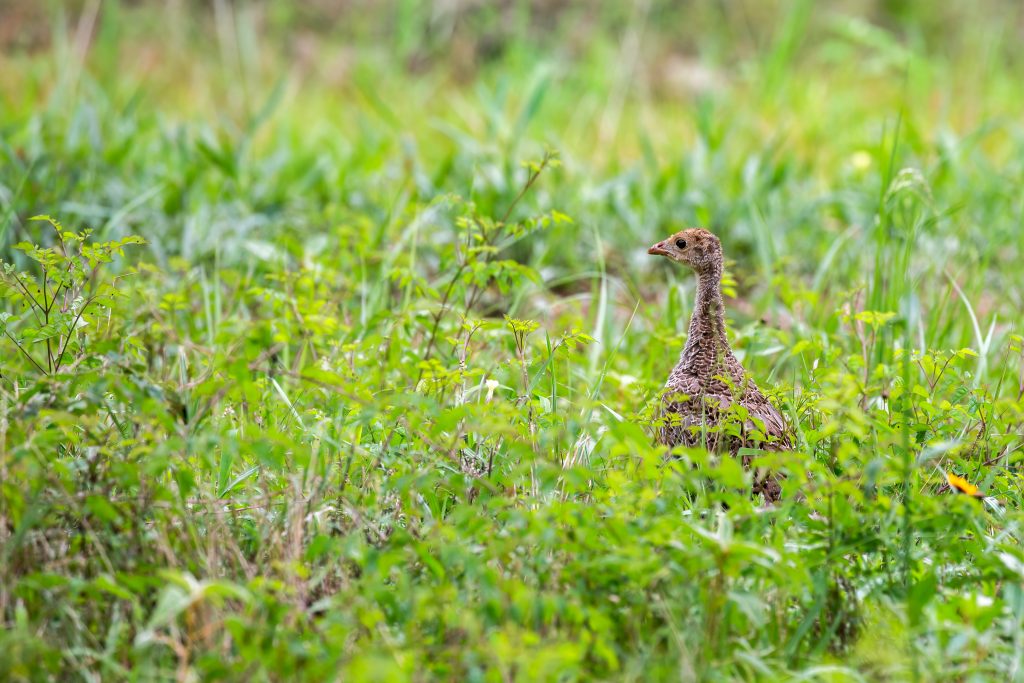Dr. Tom: How Soon Do Wild Turkeys Need Water?
Wild turkeys definitely need water, especially in dry climates. But we have the answers on how soon after hatching is water a necessity.
I live in New Mexico with turkeys living in a variety of different habitats, some of it very dry. There are Rios [Rio Grande wild turkeys] living in my neighborhood, and it’s really interesting to watch their activities. I have a bird bath on the ground so the poults can get water whenever they want it. One of the local hens hatched a late brood, and I observed the hen getting a drink one day when the chicks were about two weeks old. The poults didn’t seem to know there was water there. It hadn’t rained in weeks, but there were days with dew on vegetation. A week later they were back at the bird bath and drank freely. So my question is: When do turkey poults usually drink their first sip of water? - Dick Kreiner

This is a great question and a good observation on your part. Wild turkey poults definitely need water, especially in dry climates like you have in New Mexico. Immediately after hatching, turkey poults do not need a great amount of water. For a couple of days their moisture needs are met by the remains of the internal yolk sac that nourished them in the egg. When the yolk sac runs out, they are already feeding heavily on insects and vegetation. Early on much of their water requirements are met by the moisture in the food items they consume. For the first couple of weeks it is likely that their needs are met without directly consuming much water. Dew, succulent plants and even insects probably supply most of their needs.
Wild turkey poults grow quickly on the protein rich diet of insects supplemented by gasses and other vegetation; however, sustaining that rapid growth rate requires additional moisture as time passes. The poults you are watching probably derived their need for water from their diet and dew for the first week or two. It is possible that they had located another water source prior to returning to your ground-level bird bath, but I am thinking that you noted their first real activity of quenching their thirst by directly consuming water.
The eastern and Osceola subspecies have a much easier time meeting their water needs than their western cousins. Rio Grande, Merriam’s and Gould’s turkeys survive well in the drier climates of the western states and Mexico. Their need for water is well documented by their use of water holes and stock tanks. In fact, creating and maintaining water sources is an important consideration in managing habitat for western subspecies. Having a flock of turkeys using your property is a wonderful opportunity to observe their behavior. They are interesting and entertaining birds to watch.
